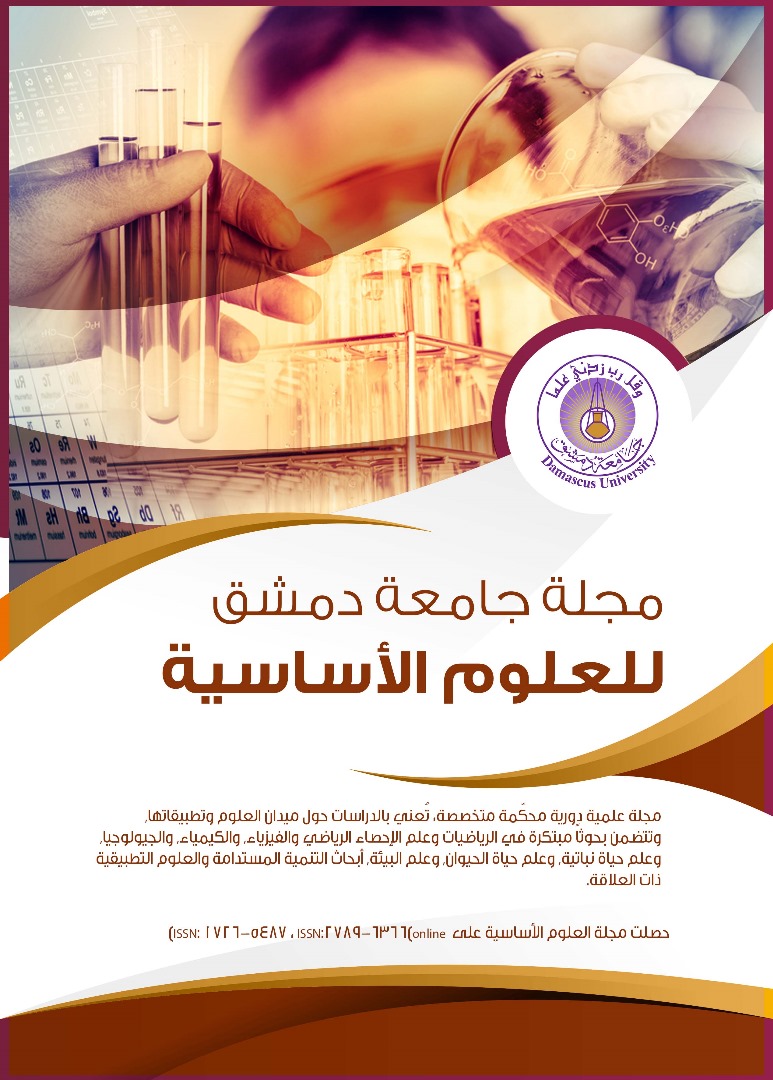A Convolutional Neural Network Framework to Detect COVID-19 Disease in Computerized Tomography Images
Abstract
COVID-19 is an RNA virus that causes infectious diseases that are transmitted between animals and have evolved among humans. This class of pathogens is responsible for respiratory diseases. Coronavirus refers to the crown-like protrusions on the outside surface of the virus. Commonly, coronavirus is an infection that causes breathing difficulties in humans. In recent years, there has been an expansion in employing symptom investigation techniques based on advanced tools in the field of digital image processing and analysis DIPA, which are essential for deeply examining disease symptoms, and lead to better results obtained from medical imaging devices for identifying and diagnosing a lot of diseases. From this standpoint, the urgent need to employ artificial intelligence as a supporter of DIPA in disease detection arose. In this research, we propose
Received :20/09/2023
Accepted: 06/11/2023
Copyright: Damascus
University- Syria,
The authors retain the
copyright under a
CC BY- NC-SA
an efficient approach to manipulate the lung’s CT-scan images adaptively, and then detect the probability of coronavirus infection based on a sophisticated classifier based on the convolutional neural network CNN as a deep learning tool. We chose the well-known severe acute respiratory syndrome coronavirus 2 SARS-COV-2 dataset as an efficient dataset proposed in the relevant literature to train and validate the artificial intelligence models that could proposed by researchers related to detecting automatically the presence of coronavirus in the lung's CT-scan image. On the other hand, the SARS-COV-2 dataset contains sufficient study cases from a statistical point of view, that makes any developed AI model able to be trained and validated. We used 70% of the total images presented in SAR-CoV-2 in the classifier's training phase, and the other 30% in its testing stage as unseen data that was not involved during the training phase. The obtained results proved the successful performance of our approach in both the training and testing phases without any famous encountered problems, such as over-fitting, early stooping, or unstable performance. So we confirm the performance quality and stability of our approach with achieved accuracy over unseen data of up to 99% in detecting and distinguishing the infection cases.

